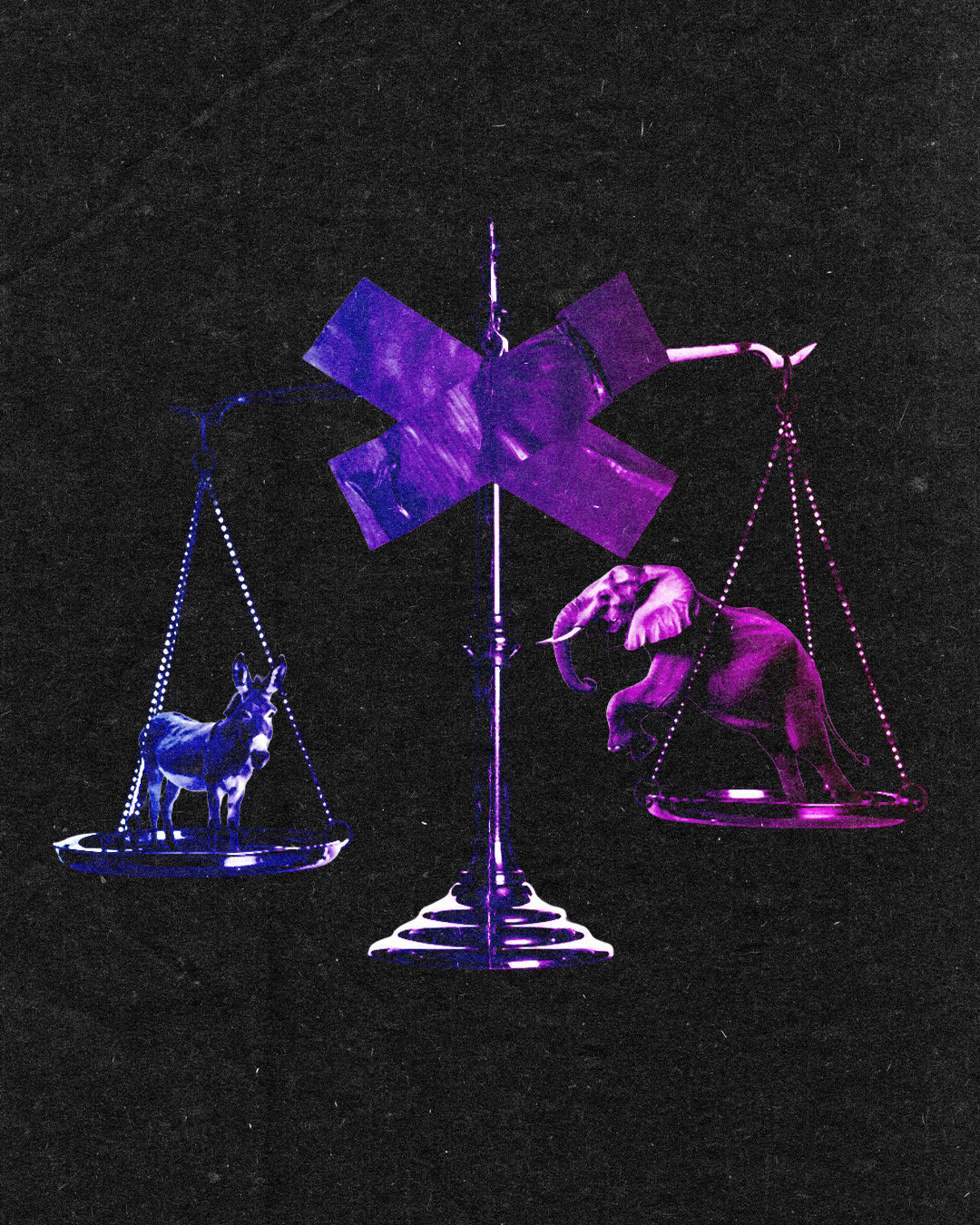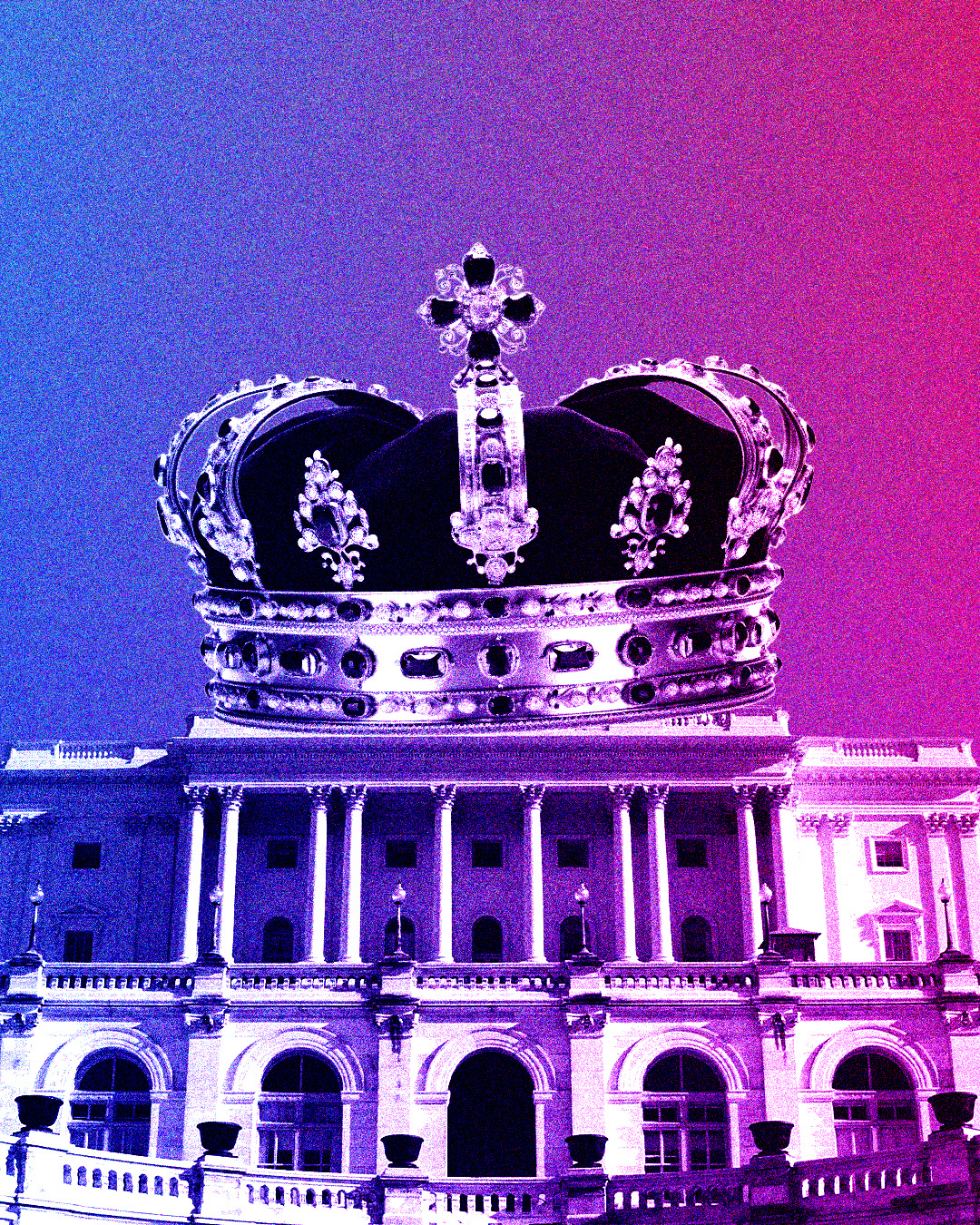Understanding Rank Choice or Majority Vote (Part 1/4)
The Big Picture
A fundamental principle of American democracy is that winning candidates and policies must achieve 50% plus one vote. However, because states act as laboratories of democracy, different methods exist for running elections.
One of these methods, Ranked Choice Voting (RCV), is gaining traction in several states as a way to improve electoral outcomes and better reflect voter preferences.
Zooming In
Where Is Ranked Choice Voting Used?
RCV is already implemented in several states:
- Maine and Alaska use RCV for state and federal elections.
- Six additional states use RCV exclusively for military and overseas ballots.
While some argue that RCV complicates the voting process, it actually provides a more accurate and intuitive way to express voter preferences.
How Does Ranked Choice Voting Work?
RCV allows voters to rank candidates in order of preference—from most to least favored. This system enables voters to:
- Support their ideal candidate without fear of "wasting" their vote.
- Choose acceptable backup options in case their preferred candidate is eliminated.
- Ensure the final winner better reflects the overall electorate's preferences.
A Hypothetical Example: The Queen of Pop Music Election
Imagine an election with three candidates:
- Beyoncé: 45% of first-choice votes
- Olivia Rodrigo: 13% of first-choice votes
- Taylor Swift: 42% of first-choice votes
Under RCV, because no candidate reaches 50% plus one, Olivia Rodrigo is eliminated. The second-choice votes of her supporters are then distributed to the remaining candidates. This process continues until a candidate secures a majority.
How Our Current System Falls Short
In a traditional voting system, this election might play out differently:
- Some states would declare Beyoncé the winner despite most voters preferring another candidate.
- Other states might hold a runoff election between Beyoncé and Taylor Swift, delaying the outcome and potentially lowering turnout.
By contrast, RCV determines a winner in a single election while ensuring that the final choice reflects majority support.
Independent Lens
Ranked Choice Voting provides a way for independent voters to express their true preferences without being forced into a binary decision. By reducing strategic voting and eliminating unnecessary runoffs, RCV helps create election outcomes that better represent the electorate’s will.
As more states explore electoral reforms, independent voters may play a key role in advocating for a system that truly reflects their voices.
Subscribe to our newsletter for more insights into electoral reform and independent voter perspectives.





